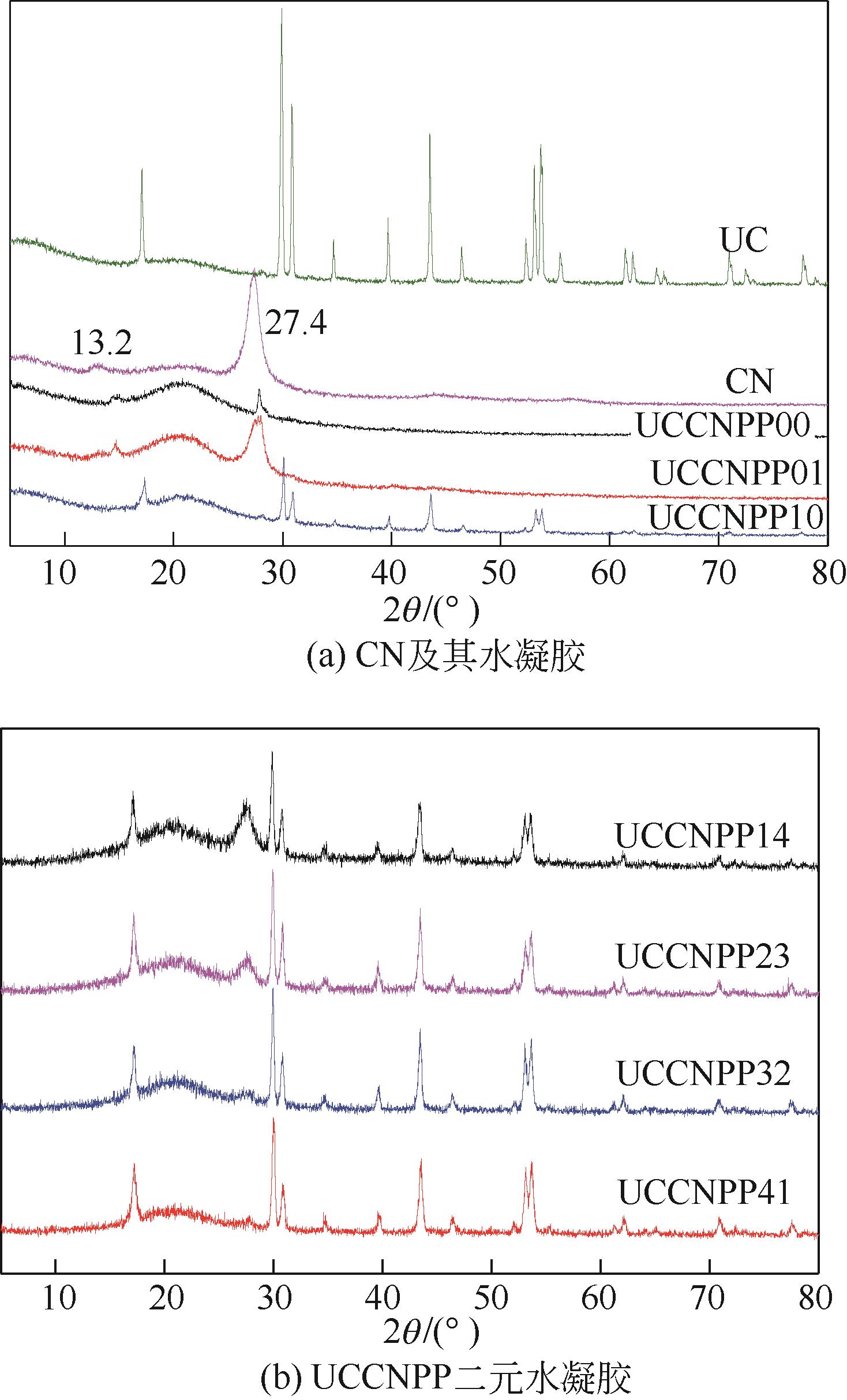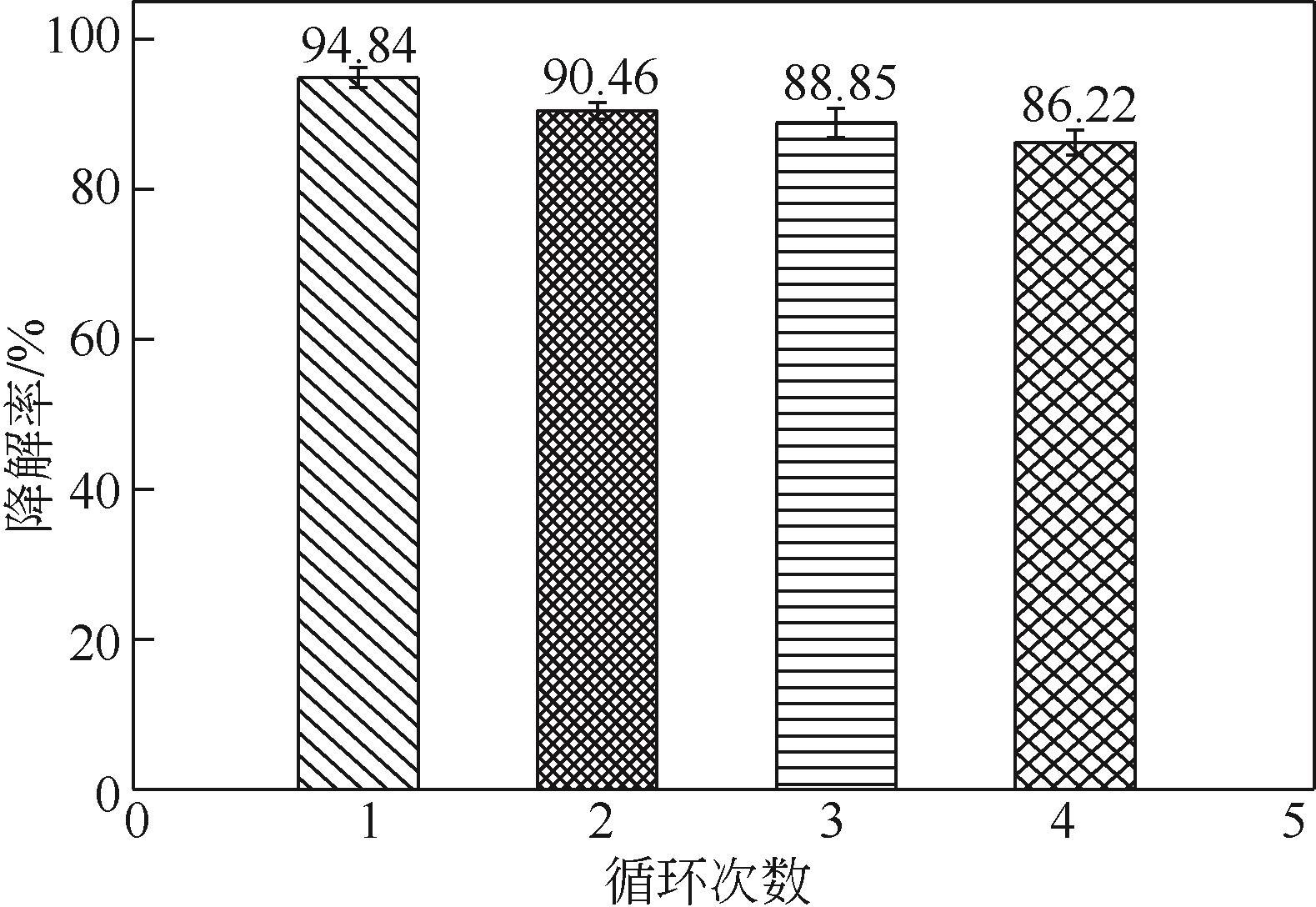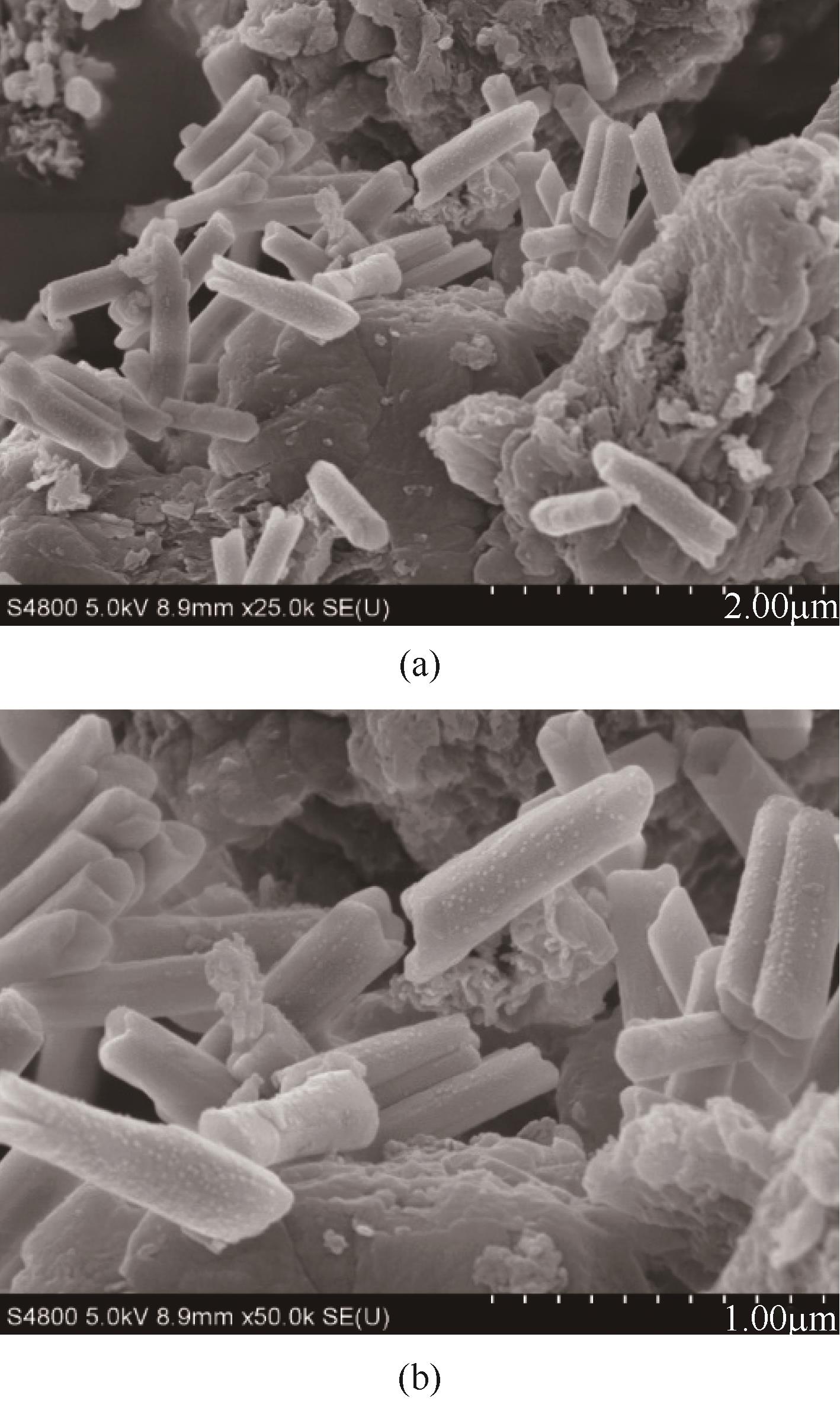| 1 |
MODWI A, KHEZAMI L, GHONIEM M G, et al. Superior removal of dyes by mesoporous MgO/g-C3N4 fabricated through ultrasound method: adsorption mechanism and process modeling[J]. Environmental Research, 2022, 205: 112543.
|
| 2 |
ZAFAR Zulakha, FATIMA Rida, KIM Jong-Oh. Effect of HCl treatment on physico-chemical properties and photocatalytic performance of Fe-TiO2 nanotubes for hexavalent chromium reduction and dye degradation under visible light[J]. Chemosphere, 2021, 284: 131247.
|
| 3 |
MA Xinyu, FAN Tingting, WANG Gang, et al. High performance GO/MXene/PPS composite filtration membrane for dye wastewater treatment under harsh environmental conditions[J]. Composites Communications, 2022, 29: 101017.
|
| 4 |
NNAJI P C, ANADEBE V C, EZEMAGU I G, et al. Potential of Luffa cylindrica seed as coagulation-flocculation (CF) agent for the treatment of dye wastewater: kinetic, mass transfer, optimization and CF adsorption studies[J]. Arabian Journal of Chemistry, 2022, 15(2): 103629.
|
| 5 |
LU Changchen, YANG Jiaojiao, KHAN Asghar, et al. A highly efficient technique to simultaneously remove acidic and basic dyes using magnetic ion-exchange microbeads[J]. Journal of Environmental Management, 2022, 304: 114173.
|
| 6 |
LIU Dong, LI Chunling, GE Jiayu, et al. 3D interconnected g-C3N4 hybridized with 2D Ti3C2 MXene nanosheets for enhancing visible light photocatalytic hydrogen evolution and dye contaminant elimination[J]. Applied Surface Science, 2022, 579: 152180.
|
| 7 |
MECHOUCHE Meroua Safa, MEROUANE Fateh, MESSAAD Chemes El Houda, et al. Biosynthesis, characterization, and evaluation of antibacterial and photocatalytic methylene blue dye degradation activities of silver nanoparticles from Streptomyces tuirus strain[J]. Environmental Research, 2022, 204: 112360.
|
| 8 |
ZOU Yidong, WANG Xiangxue, AI Yuejie, et al. β-Cyclodextrin modified graphitic carbon nitride for the removal of pollutants from aqueous solution: experimental and theoretical calculation study[J]. Journal of Materials Chemistry A, 2016, 4(37): 14170-14179.
|
| 9 |
HUANG Minzhong, YUAN Baoling, DAI Leyang, et al. Toward NIR driven photocatalyst: fabrication, characterization, and photocatalytic activity of β-NaYF4: Yb3+, Tm3+/g-C3N4 nanocomposite[J]. Journal of Colloid and Interface Science, 2015, 460: 264-272.
|
| 10 |
CHENG Erjian, ZHOU Shiqi, LI Mohua, et al. Synthesis of g-C3N4-based NaYF4: Yb, Tm@TiO2 ternary composite with enhanced vis/NIR-driven photocatalytic activities[J]. Applied Surface Science, 2017, 410: 383-392.
|
| 11 |
YU Mingqi, QU Yang, PAN Kai, et al. Enhanced photoelectric conversion efficiency of dye-sensitized solar cells by the synergetic effect of NaYF4: Er3+/Yb3+ and g-C3N4 [J]. Science China Materials, 2017, 60(3): 228-238.
|
| 12 |
WANG Feng, HAN Yu, Chin Seong LIM, et al. Simultaneous phase and size control of upconversion nanocrystals through lanthanide doping[J]. Nature, 2010, 463(7284): 1061-1065.
|
| 13 |
XIANG Quanjun, YU Jiaguo, JARONIEC Mietek. Preparation and enhanced visible-light photocatalytic H2-production activity of graphene/C3N4 composites[J]. The Journal of Physical Chemistry C, 2011, 115(15): 7355-7363.
|
| 14 |
郎言波, 陈欢, 宋维业, 等. 疏水基团修饰的核-壳型NaYF4/NaLuF4: Yb3+, Tm3+纳米粒子设计制备[J]. 发光学报, 2015, 36(4): 382-388.
|
|
LANG Yanbo, CHEN Huan, SONG Weiye, et al. Synthesis of hydrophobic ligands modified core-shell NaYF4/NaLuF4: Yb3+, Tm3+ nanoparticles[J]. Chinese Journal of Luminescence, 2015, 36(4): 382-388.
|
| 15 |
LIANG Haiwei, WEI Wei, WU Zhongshuai, et al. Mesoporous metal-nitrogen-doped carbon electrocatalysts for highly efficient oxygen reduction reaction[J]. Journal of the American Chemical Society, 2013, 135(43): 16002-16005.
|
| 16 |
王鹏. 类石墨相氮化碳(g-C3N4)的制备及其光催化性能研究[D]. 长春: 长春工业大学, 2016.
|
|
WANG Peng. Preparation and photocatalytic properties of graphitic carbon nitride[D]. Changchun: Changchun University of Technology, 2016.
|
| 17 |
王文霞, 刘小丰, 陈浠, 等. 多孔g-C3N4基光催化材料的制备及应用研究进展[J]. 化工进展, 2022, 41(1): 300-309.
|
|
WANG Wenxia, LIU Xiaofeng, CHEN Xi, et al. Research advances of synthesis and applications of porous g-C3N4-based photocatalyst[J]. Chemical Industry and Engineering Progress, 2022, 41(1): 300-309.
|
 ), 陈冰冰1,2,3, 王荣财1,2,3, 叶晨光1,2,3, 郑炳云1,2,3
), 陈冰冰1,2,3, 王荣财1,2,3, 叶晨光1,2,3, 郑炳云1,2,3
 ), CHEN Bingbing1,2,3, WANG Rongcai1,2,3, YE Chenguang1,2,3, ZHENG Bingyun1,2,3
), CHEN Bingbing1,2,3, WANG Rongcai1,2,3, YE Chenguang1,2,3, ZHENG Bingyun1,2,3








